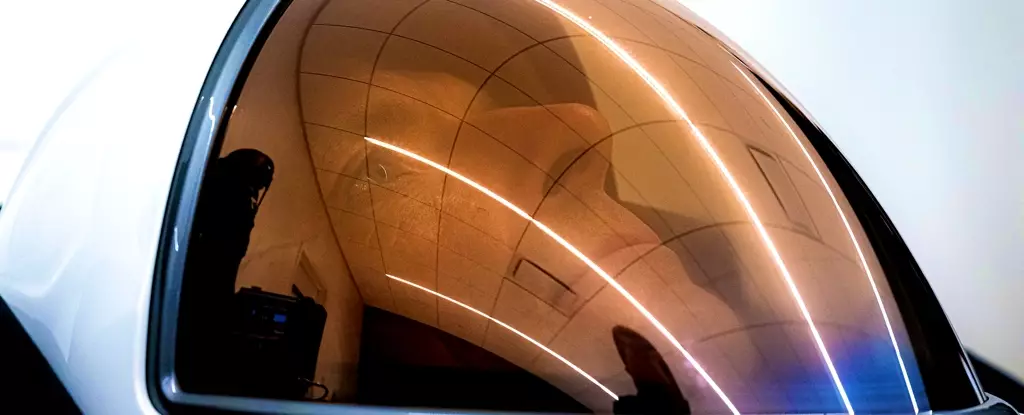The Polaris Dawn mission has been causing a stir with its groundbreaking plans to conduct the first-ever spacewalk by commercial space travelers. This mission, backed by Elon Musk’s SpaceX, marks a significant milestone in the realm of space exploration. However, despite its lofty ambitions, the mission is not without its risks.
Unlike traditional space missions, Polaris Dawn comprises a crew of a businessman, a fighter pilot, and two SpaceX employees, instead of professional astronauts. Led by Jared Isaacman, the crew members are set to launch from Florida’s Kennedy Space Center on August 28, embarking on a five-day journey that will take them further from Earth than any humans have traveled since the Apollo missions.
The mission encompasses various scientific experiments, including studying the effects of space radiation on human health, testing the response of the eyes and vision system in microgravity, and trialing a laser-based communication system in space. These experiments aim to gather crucial data for future space missions to the Moon and Mars.
A highlight of the Polaris Dawn mission is the spacewalk that will be conducted by two crew members, Jared Isaacman, and Sarah Gillis. Unlike typical spacewalks from the International Space Station, this unique spacewalk will require the crew to exit through the Dragon capsule’s hatch, exposing the entire spacecraft to the vacuum of space. This presents a new set of challenges for the crew, who will rely on specially designed EVA suits by SpaceX for life support.
The Polaris Dawn mission marks a turning point in space exploration history by showcasing the capabilities of commercial space travel. However, the absence of professional astronauts and the mission’s ambitious goals also pose potential risks. While all crew members have undergone rigorous training, the lack of experienced space travelers onboard raises concerns about safety and decision-making during the mission.
Beyond its scientific objectives, the Polaris Dawn mission aims to make a positive impact on Earth by raising funds for the St Jude Children’s Research Hospital. Following the success of Jared Isaacman’s previous mission, where he raised millions for the hospital, the crew plans to continue this charitable initiative during Polaris Dawn. By conducting health-related experiments and supporting medical research, the crew hopes to contribute to advancements in healthcare.
The Polaris Dawn mission is part of the larger Polaris Program, which seeks to pave the way for more commercial space missions and reduce the cost of access to orbit. By democratizing spaceflight and inspiring the younger generation, these missions could revolutionize the perception of space as the next frontier for humanity. With continued advancements in technology and collaboration between private and government entities, space exploration is poised to reach new heights.
The Polaris Dawn mission embodies the spirit of innovation and exploration that drives humanity to push the boundaries of what is possible. While facing challenges and risks, the mission holds the promise of advancing scientific knowledge, supporting charitable causes, and inspiring future generations to dream beyond the confines of Earth. As we witness the dawn of a new era in space exploration, the Polaris Dawn mission stands as a testament to the human quest for discovery and progress.

